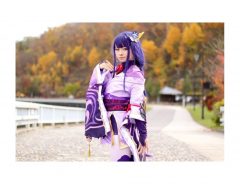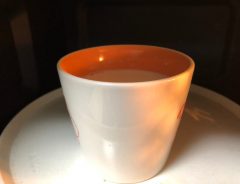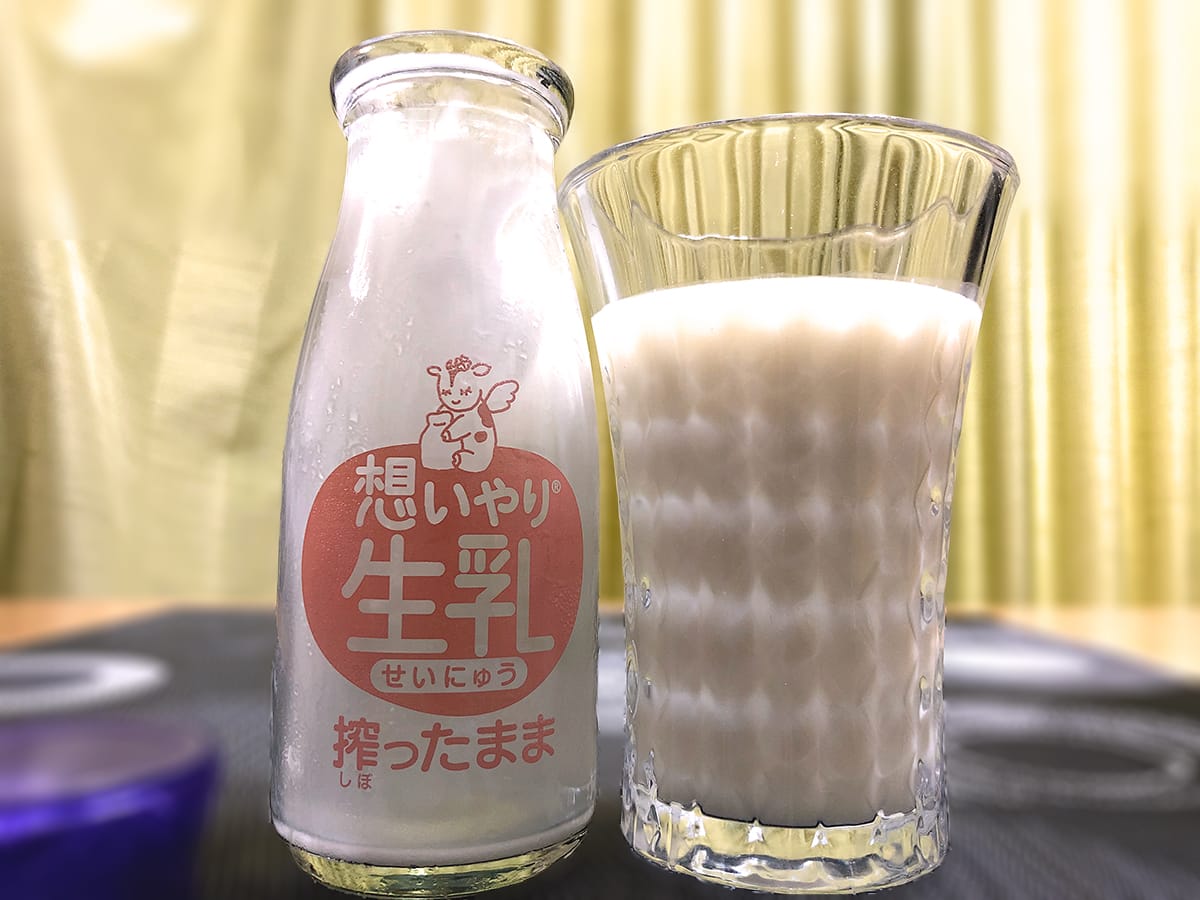- Tags:
- Hokkaido / Milk / Omoiyari Farm / raw milk / unpasteurized milk
Related Article
-

The Secrets of Hokkaido’s Mysterious Blue Pond
-

Japanese boy under the age of 10 tests positive for COVID-19
-

Coolest Sculptures from Sapporo Snow Festival and Some Designs to Expect This Year
-

A ship only for cosplayers: Cosplay party event at Toyako Onsen this spring in Hokkaido, Japan
-

Hokkaido’s New Ice Hotel Offers Up Frozen Fantasies And A Stunning View From Your Bath
-

Easy Fix to Avoid Skin Forming on Hot Milk



The popularity of raw milk
In the last decade or so, unpasteurized (or "raw") milk has become a popular food fad among health-conscious and organic food lovers. While some raise concerns about bacteria, proponents say that the milk, which goes straight from udder to bottle, can be made safe through strict hygiene standards and quality control, and that it retains beneficial probiotics which would otherwise be destroyed, along with harmful bacteria, in the pasteurization process.
If you appreciate raw milk and are visiting or moving to Japan, it's not unreasonable to assume that you'd be interested in having some while you're here.
However, buying raw milk in Japan is easier said than done. In the US, for example, you can buy raw milk in various stores and high-end supermarkets, but that's not the case here. You can drink raw milk if you actually visit the farm in some cases, but when it comes to commercially available raw milk, the choices are extremely limited. In fact, there's only one: 思いやりファーム Omoiyari Farm in Hokkaido.
Omoiyari Farm
Omoiyari Farm milk is "special" in many ways. To begin with, Omoiyari Farm is only one of four currently operating in Japan producing what is called 特別牛乳 tokubetsu gyūnyū, or "special milk."
Special milk is whole milk produced at a facility licensed by the Ministerial Ordinance Concerning Standards for Ingredients of Milk and Milk Products to operate a "special milk milking and processing business," and commercially sold as "special milk." It requires a particularly excellent breeding environment and special milk processing facilities."
Among these four farms, Omoiyari Farm is the only one of them officially licensed to sell 生乳 seinyū, which literally means "raw milk."
A small farm situated in Nakasatsunai Village, in the Kasai District of Hokkaido, it currently has 7 employees, 19 cows and 28 hectares of land. Opening in 1991, it was first incorporated in 2000 as the 有限会社中札内村レディースファーム Nakasatsunaimura Ladies' Farm LLC (since almost all of the employees were women), and then changed its name to 思いやりファーム Omoiyari Farm LLC in 2008. The word 思いやり omoiyari means caring and consideration in Japanese.
For Omoiyari Farm, this means caring for cows, employees, and their environment. As outlined on their website, their company philosophy is focused on the cows' best interests. They care for the cows' physical and mental well-being since it affects the milk they produce. They are also focused on providing a lifelong workplace for women, valuing their viewpoint. Finally, they seek to maintain the land in its natural state, using no pesticides, fertilizers, or compound feed.
Trying Omoiyari Farm's raw milk
If you want to buy 思いやり生乳 omoiyari seinyū, you can find it at some exclusive locations, like the posh department store Isetan in Shinjuku, or you can order it online and they'll send it to you through a refrigerated delivery service. If you do, you have a choice of buying a set of eight 180 ml (6.1 oz) bottles or three 720 ml (24.3 oz) bottles.
We chose the former option.
Photo by grape Japan
The milk came with a letter from Omoiyari Farm with an adorable photo of two cows "kissing."
Look at all the paper caps! There are a few farms that still sell milk in glass bottles like this in Japan but the format is usually reminiscent of the Showa Era. Moreover, Japanese people of a certain generation may have memories of playing milk caps when they were kids.
Photo by grape Japan
The bottles have a cute design all in pink, with the product name, a logo of a seated cow angel with wings holding a milk bottle, and the slogan 搾ったまま shibotta mama, meaning "milked 'as is' (in an unaltered state after milking)."
Photo by grape Japan
On the back, you'll find nutritional information. 180 ml (6.1 oz) contains 134 kilocalories, 6.9 g of protein, 8.0 g of fat, 8.7 g of carbohydrates, 87 mg of sodium (0.22 g table salt equivalent) and 256 mg of calcium. You should store it at temperatures 10 C (50 F) or below.
Photo by grape Japan
You'll find the expiration date on the cap. The milk will keep for 5 days after you receive it.
Tasting
Time to open the cap. We immediately noticed some cream on the underside. As for the milk itself, it was more cream-colored than we were used to and we could see small particles on the inside of the neck of the bottle, which is something you wouldn't see with pasteurized milk.
Photo by grape Japan
So how did it taste?
Photo by grape Japan
Compared with the standard pasteurized milk we had in our refrigerator, Omoiyari raw milk was utterly (udderly?) different. It was delicious and went down so smooth. We were expecting it to be rich and creamy but that wasn't the case. It was slightly sweet, a bit malty, only lightly creamy and very light with almost no aftertaste. In fact, it was quite a revelation. We even began wondering if the sweetness and creaminess in the Japanese milk we had been drinking all these years was not naturally occurring but rather intentionally "produced" in the various steps between udder and milk carton, including but perhaps not limited to the pasteurization process.
思いやり生乳 omoiyari seinyū is more expensive than pasteurized milk but according to the pamphlet they sent with the bottles, it has numerous advantages, such as:
As a healthy habit, we could easily imagine drinking it on a regular basis.
If you reside in Japan and would like to have it delivered, or if you're interested in finding it in one of the 48 retail locations where it is sold, visit the official website here:
思いやりファーム Omoiyari Farm